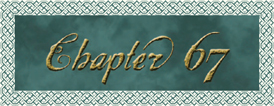
 EST OF Embassy Row, all was silent again inside the walled garden with its twelfth-century roses and Shadow House gazebo. On the other side of an entry road, the young man was helping his hunched superior walk across an expansive lawn.
EST OF Embassy Row, all was silent again inside the walled garden with its twelfth-century roses and Shadow House gazebo. On the other side of an entry road, the young man was helping his hunched superior walk across an expansive lawn.
He’s letting me guide him?
Normally, the blind old man refused help, preferring to navigate by memory alone while on the grounds of his sanctuary. Tonight, however, he was apparently in a hurry to get inside and return Warren Bellamy’s phone call.
“Thank you,” the old man said as they entered the building that held his private study. “I can find my way from here.”
“Sir, I would be happy to stay and help—”
“That’s all for tonight,” he said, letting go of his helper’s arm and shuffling hurriedly off into the darkness. “Good night.”
The young man exited the building and walked back across the great lawn to his modest dwelling on the grounds. By the time he entered his flat, he could feel his curiosity gnawing at him. The old man clearly had been upset by the question posed by Mr. Bellamy … and yet the question had seemed strange, almost meaningless.
Is there no help for the widow’s son?
In his wildest imagination, he could not guess what this could mean. Puzzled, he went to his computer and typed in a search for this precise phrase.
To his great surprise, page after page of references appeared, all citing this exact question. He read the information in wonderment. It seemed Warren Bellamy was not the first person in history to ask this strange question. These same words had been uttered centuries ago … by King Solomon as he mourned a murdered friend. The question was allegedly still spoken today by Masons, who used it as a kind of encoded cry for help. Warren Bellamy, it seemed, was sending a distress call to a fellow Mason.
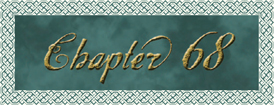
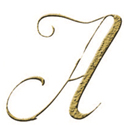 LBRECHT DÜRER?
LBRECHT DÜRER?
Katherine was trying to put the pieces together as she hurried with Langdon through the basement of the Adams Building. A.D. stands for Albrecht Dürer? The famous sixteenth-century German engraver and painter was one of her brother’s favorite artists, and Katherine was vaguely familiar with his work. Even so, she could not imagine how Dürer would be any help to them in this case. For one thing, he’s been dead more than four hundred years.
“Dürer is symbolically perfect,” Langdon was saying as they followed the trail of illuminated EXIT signs. “He was the ultimate Renaissance mind—artist, philosopher, alchemist, and a lifelong student of the Ancient Mysteries. To this day, nobody fully understands the messages hidden in Dürer’s art.”
“That may be true,” she said. “But how does ‘1514 Albrecht Dürer’ explain how to decipher the pyramid?”
They reached a locked door, and Langdon used Bellamy’s key card to get through.
“The number 1514,” Langdon said as they hurried up the stairs, “is pointing us to a very specific piece of Dürer’s work.” They came into a huge corridor. Langdon glanced around and then pointed left. “This way.” They moved quickly again. “Albrecht Dürer actually hid the number 1514 in his most mysterious piece of art—Melencolia I—which he completed in the year 1514. It’s considered the seminal work of the Northern European Renaissance.”
Peter had once shown Katherine Melencolia I in an old book on ancient mysticism, but she didn’t recall any hidden number 1514.
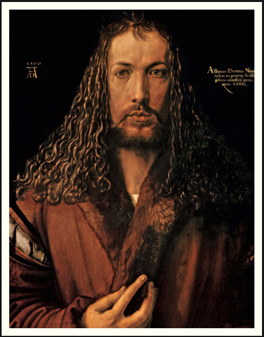
ALBRECHT DÜRER
68.1: Alte Pinakothek, Munich, Germany/The Bridgeman Art Library
“As you may know,” Langdon said, sounding excited, “Melencolia I depicts mankind’s struggle to comprehend the Ancient Mysteries. The symbolism in Melencolia I is so complex it makes Leonardo da Vinci look overt.”
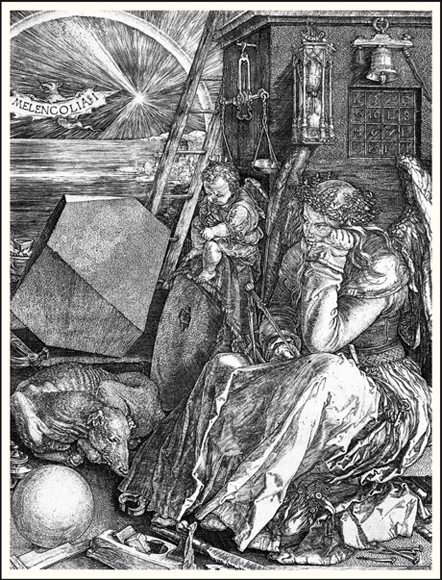
MELENCOLIA I, ALBRECHT DÜRER
Katherine stopped abruptly and looked at Langdon. “Robert, Melencolia I is here in Washington. It hangs in the National Gallery.”
“Yes,” he said with a smile, “and something tells me that’s not a coincidence. The gallery is closed at this hour, but I know the curator and—”
“Forget it, Robert, I know what happens when you go to museums.” Katherine headed off into a nearby alcove, where she saw a desk with a computer.
Langdon followed, looking unhappy.
“Let’s do this the easier way.” It seemed Professor Langdon, the art connoisseur, was having an ethical dilemma about using the Internet when an original was so nearby. Katherine stepped behind the desk and powered up the computer. When the machine finally came to life, she realized she had another problem. “There’s no icon for a browser.”
“It’s an internal library network.” Langdon pointed to an icon on the desktop. “Try that.”
Katherine clicked on the icon marked DIGITAL COLLECTIONS. The computer accessed a new screen, and Langdon pointed again. Katherine clicked on his choice of icon: FINE PRINTS COLLECTION. The screen refreshed. FINE PRINTS: SEARCH.
“Type in ‘Albrecht Dürer.’ ”
Katherine entered the name and then clicked the search key. Within seconds, the screen began displaying a series of thumbnail images. All of the images looked to be similar in style—intricate black-and-white engravings. Dürer had apparently done dozens of similar engravings.
Katherine scanned the alphabetical list of his artwork.
Adam and Eve
Betrayal of Christ
Four Horsemen of the Apocalypse
Great Passion
Last Supper
Seeing all the biblical titles, Katherine recalled that Dürer practiced something called Mystic Christianity—a fusion of early Christianity, alchemy, astrology, and science.
Science …
The image of her lab in flames rushed through her mind. She could barely process the long-term ramifications, but for the moment, her thoughts turned to her assistant, Trish. I hope she made it out.
Langdon was saying something about Dürer’s version of the Last Supper, but Katherine was barely listening. She had just seen the link for Melencolia I.
She clicked the mouse, and the page refreshed with general information.
Melencolia I, 1514
Albrecht Dürer
(engraving on laid paper)
Rosenwald Collection
National Gallery of Art
Washington, D.C.
When she scrolled down, a high-res digital image of Dürer’s masterpiece appeared in all its glory.
Katherine stared in bewilderment, having forgotten just how strange it was.
Langdon gave an understanding chuckle. “As I said, it’s cryptic.”
Melencolia I consisted of a brooding figure with giant wings, seated in front of a stone building, surrounded by the most disparate and bizarre collection of objects imaginable—measuring scales, an emaciated dog, carpenter’s tools, an hourglass, various geometric solids, a hanging bell, a putto, a blade, a ladder.
Katherine vaguely recalled her brother telling her that the winged figure was a representation of “human genius”—a great thinker with chin in hand, looking depressed, still unable to achieve enlightenment. The genius is surrounded with all of the symbols of his human intellect—objects of science, math, philosophy, nature, geometry, even carpentry—and yet is still unable to climb the ladder to true enlightenment. Even the human genius has difficulty comprehending the Ancient Mysteries.
“Symbolically,” Langdon said, “this represents mankind’s failed attempt to transform human intellect into godlike power. In alchemical terms, it represents our inability to turn lead into gold.”
“Not a particularly encouraging message,” Katherine agreed. “So how does it help us?” She did not see the hidden number 1514 that Langdon was talking about.
“Order from chaos,” Langdon said, flashing a lopsided grin. “Just as your brother promised.” He reached in his pocket and pulled out the grid of letters he had written earlier from the Masonic cipher. “Right now, this grid is meaningless.” He spread the paper out on the desk.

Katherine eyed the grid. Definitely meaningless.
“But Dürer will transform it.”
“And how might he do that?”
“Linguistic alchemy.” Langdon motioned to the computer screen. “Look carefully. Hidden in this masterpiece is something that will make sense of our sixteen letters.” He waited. “Do you see it yet? Look for the number 1514.”
Katherine was in no mood to play classroom. “Robert, I see nothing—an orb, a ladder, a knife, a polyhedron, a scale? I give up.”
“Look! There in the background. Carved into that building behind the angel? Beneath the bell? Dürer engraved a square that is full of numbers.”
Katherine now saw the square that contained numbers, among them 1514.
“Katherine, that square is the key to deciphering the pyramid!”
She shot him a surprised look.
“That’s not just any square,” Langdon said, grinning. “That, Ms. Solomon, is a magic square.”